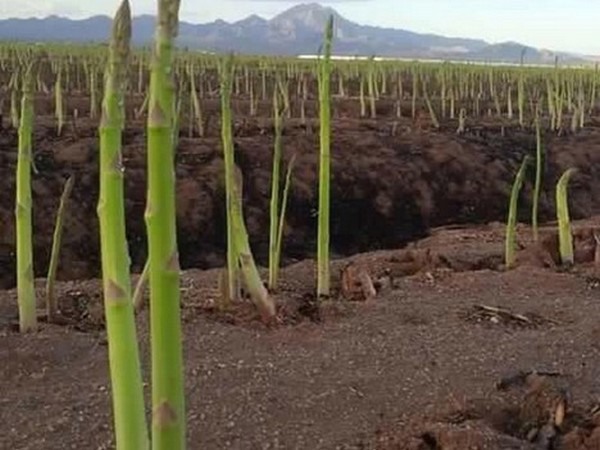With Easter and Passover ahead, the asparagus season out of Caborca, Mexico is coming to an end. “We expect about two to three more weeks until shipments stop. Production is slowing with good demand entering Easter,” says Carlos Solf, director of procurement for Southern Specialties.

He notes that production is down compared to last year. “We estimate volume is down 20-25 percent but we will not know exact numbers until the season ends,” says Solf. Notably, this year’s Mexican asparagus season was behind three to four weeks thanks to cold fronts that slowed early production. That puts the finish at approximately mid-April.
Along with Caborca, on imported asparagus, Peru is also starting production. “We are not seeing more acreage being planted in Mexico but, as a company, we plan to expand our Mexico asparagus deal,” says Solf. “Several Peru asparagus growers are moving to other crops including avocados, grapes and blueberries.”
Good demand for holidays As it goes into Easter and Passover holidays, demand and overall consumption of asparagus are good. “The nutritional benefits and versatility of asparagus make it popular,” says Solf, adding that merchandising its value-added packaged asparagus has also afforded the company more real estate on the shelf and provided product information, access to recipes and extended shelf life for the consumer.
As it goes into Easter and Passover holidays, demand and overall consumption of asparagus are good. “The nutritional benefits and versatility of asparagus make it popular,” says Solf, adding that merchandising its value-added packaged asparagus has also afforded the company more real estate on the shelf and provided product information, access to recipes and extended shelf life for the consumer.
As for pricing, it is somewhat higher than typical. “Increased costs for the growers have offset any pricing advantages,” says Solf, noting that growing and logistics costs are a factor in maintaining the ability to target the sweet spots for consumer pricing. Looking ahead, he also adds that less production will also result in higher prices.
 For more information:
For more information:
Charlie Eagle
Southern Specialties
Tel: +1 (404) 949-0944
ceagle@southspec.com
www.southernspecialties.com
